Gold jewelry businesses face legal risks and raw material pressure
The recent gold rush has not only made the financial market "hot", but also pushed gold jewelry businesses into an ironic situation: demand increased, but supply was stuck.
In the context of the State Bank of Vietnam (SBV) "freezing" gold import activities for more than a decade, many gold production and processing enterprises have fallen into a serious shortage of raw materials, forced to reduce production, and face the risk of falling behind at home.
A clear example is the case of Phu Nhuan Jewelry Joint Stock Company (PNJ), one of the leading brands in the industry. In 2025, PNJ set a business target in the direction of "going backwards" with a plan to reduce revenue by 17% and profit by 7%.
According to Mr. Le Tri Thong, Vice Chairman of the Board of Directors and General Director of PNJ, the serious shortage of raw gold, combined with tightening market control, has made it difficult for the company to operate production and business.
Not only PNJ, many other gold businesses are also "thirsty" for raw materials to the point of having to consider cutting orders and narrowing production scale.
In a difficult situation, many businesses are forced to seek out sources of raw gold floating on the market, an option that carries great legal risks. “For the past 13 years, since Decree 24/2012/ND-CP took effect, the import of raw gold has been almost completely frozen.
Without an official supply source, businesses have to find gold from the free market to survive, but doing so always puts them in a state of constant fear of being punished," said Mr. Dinh Nho Bang, Chairman of the Vietnam Gold Business Association.
The problem is not limited to the domestic market. Mr. Shaokai Fan, Director of Asia-Pacific (excluding China) and Director of Global Central Banks at the World Gold Council, said that during a meeting with a gold business in Vietnam, he was told that one business alone needed at least 3.5 tons of raw gold per year to maintain production activities. However, for many years, they have been unable to access any imported supply.
According to statistics from the Vietnam Gold Business Association and research by Metal Focus, the total demand for gold jewelry in the Vietnamese market fluctuates around 15-20 tons/year, equivalent to about 1.7 billion USD.
Although this figure is not small, it is still within control limits and can be completely compensated through jewelry exports. “Maintaining the ban on raw gold imports will not help stabilize the macro -economy , but on the contrary, it will hinder the export potential and competitiveness of the Vietnamese jewelry gold industry,” Mr. Shaokai Fan emphasized.
In that gloomy picture, a positive signal has appeared. According to the Draft Amendment to Decree 24/2012/ND-CP that the State Bank of Vietnam is currently seeking comments on, the management agency plans to allow some businesses and banks that meet certain conditions to import raw gold to serve the production of gold jewelry and gold bars. This is expected to be an important "pressure release valve" to remove the deadlock for the domestic gold market.
Experts say that if Vietnamese enterprises have access to raw materials at competitive prices and a stable supply, they can completely improve their production capacity and boost exports. In fact, Vietnam's gold processing techniques and production level are not inferior to those of other countries in the region. The remaining issue is just a policy that is open enough to pave the way for sustainable development and deep integration of the gold jewelry industry.
Gold imports resumed, gold businesses removed difficulties in raw materials and restored production.
Not all gold businesses are allowed to import raw materials.
Although the Draft Amendment to Decree 24/2012/ND-CP opens up a solution to the problem of raw materials in the gold jewelry industry, it does not mean that all businesses are allowed to import raw gold.
According to current regulations, only businesses producing gold jewelry need a certificate of eligibility from the State Bank of Vietnam (SBV), while gold jewelry trading activities that meet the prescribed business conditions do not need permission from this agency.
The problem is that currently, the number of gold jewelry businesses nationwide has exceeded 6,000. However, most of them are small-scale businesses with limited charter capital, making it difficult to ensure financial and management capacity to carry out gold import activities, which require large cash flows, high risk assurance mechanisms and strict legal compliance.
Mr. Dao Xuan Tuan, Director of the Foreign Exchange Management Department (SBV), said that due to the specific nature of the industry and the dispersed scale, allowing mass imports could cause difficulties in management and potentially pose risks of distortion.
Therefore, this revised Draft Decree clearly defines the principle: only enterprises and credit institutions that meet the conditions will be granted licenses to import raw gold, and these are mainly large-scale units with strong financial capacity.
Specifically, businesses that want to be licensed to produce gold bars and then have the right to import raw gold must have a minimum charter capital of VND1,000 billion, while credit institutions must have a charter capital of VND50,000 billion or more.
With this "filter" threshold, the market currently only has a few units that meet the criteria, such as PNJ, DOJI, SJC, the Big 4 banking group (BIDV, Vietcombank, VietinBank, Agribank ) and a few commercial banks such as VPBank, Techcombank, MB...
Licensed importers are only allowed to purchase raw gold or gold bars from manufacturers certified by the London Bullion Market Association (LBMA) to ensure transparency and international quality.
In particular, imports do not take place under a "free" mechanism, but must be accompanied by many management obligations: from building internal regulations on import and export activities, safety measures, to transparent regulations in reselling raw gold to processing enterprises.
A positive new point is that with the support of technology, the State Bank is fully capable of monitoring the movement chain of imported gold from the quantity imported, where it is distributed, what production it serves, how it is consumed in the market, how much is in stock...
These data will be closely monitored through a modern management system, helping to avoid misuse or creating policy “loopholes”. In addition, the State Bank will also flexibly control the annual gold import quota, in accordance with the supply and demand situation, contributing to market stability and not putting pressure on macroeconomic stability.
“We aim to increase the supply of raw gold, support the recovery and development of the gold jewelry industry, but still maintain the key principle: strict management, not loosening market control,” Mr. Dao Xuan Tuan emphasized.
The stratification of enterprises according to financial capacity in import activities is considered a suitable direction, avoiding the situation of inflation of key enterprises but lacking operational capacity.
At the same time, it creates conditions for small businesses to access raw materials through large licensed businesses, instead of having to go through many legal risks as before.
Source: https://baodaknong.vn/giai-bai-toan-rui-ro-trong-nganh-vang-trang-suc-255828.html


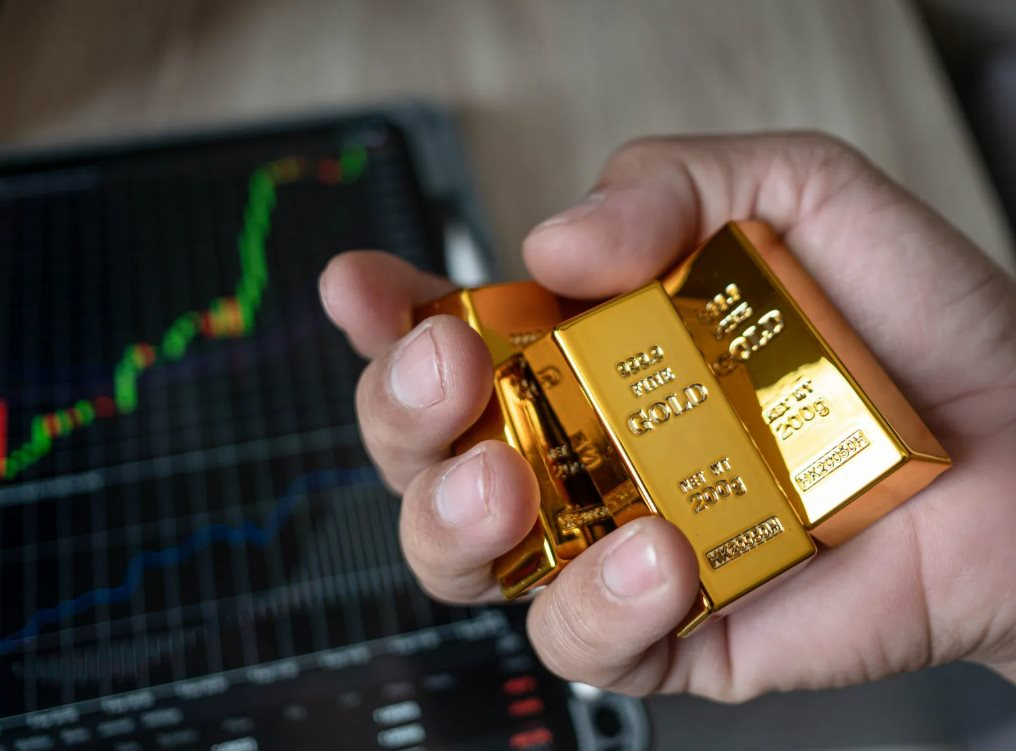






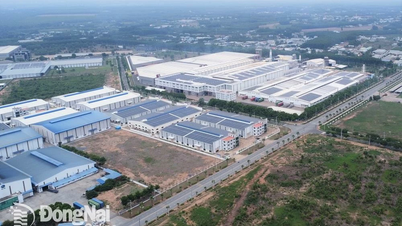















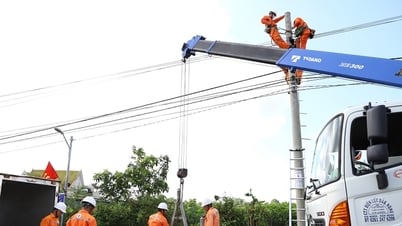
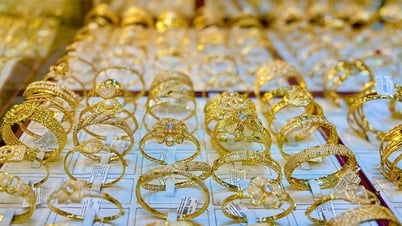







































































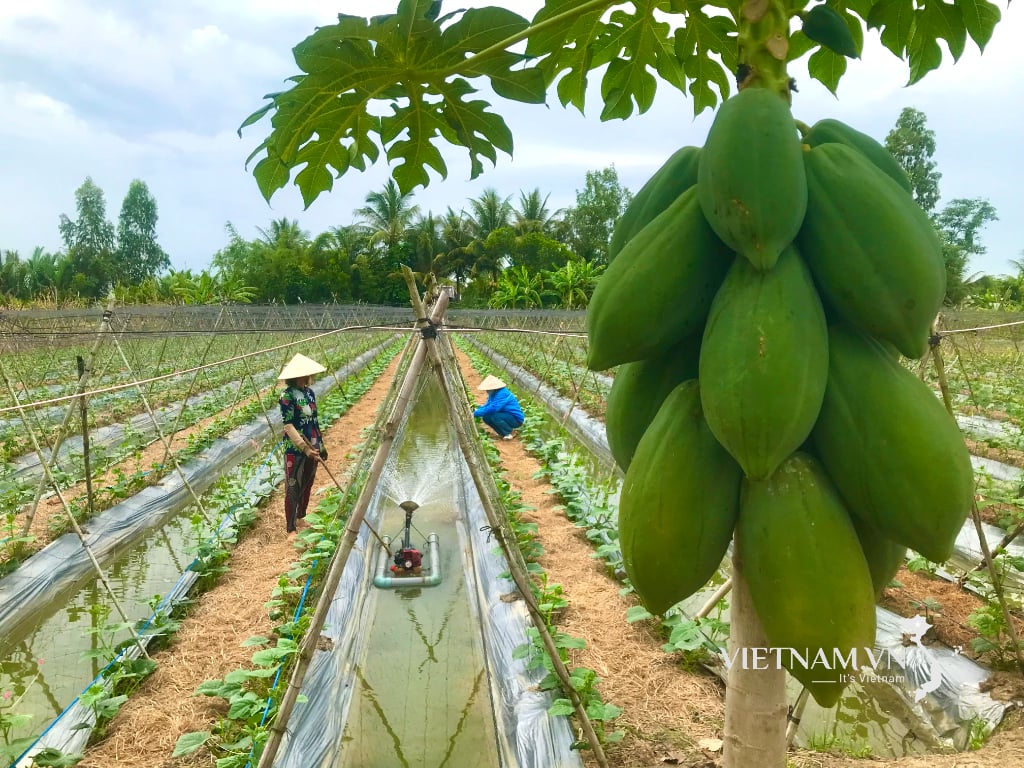



Comment (0)